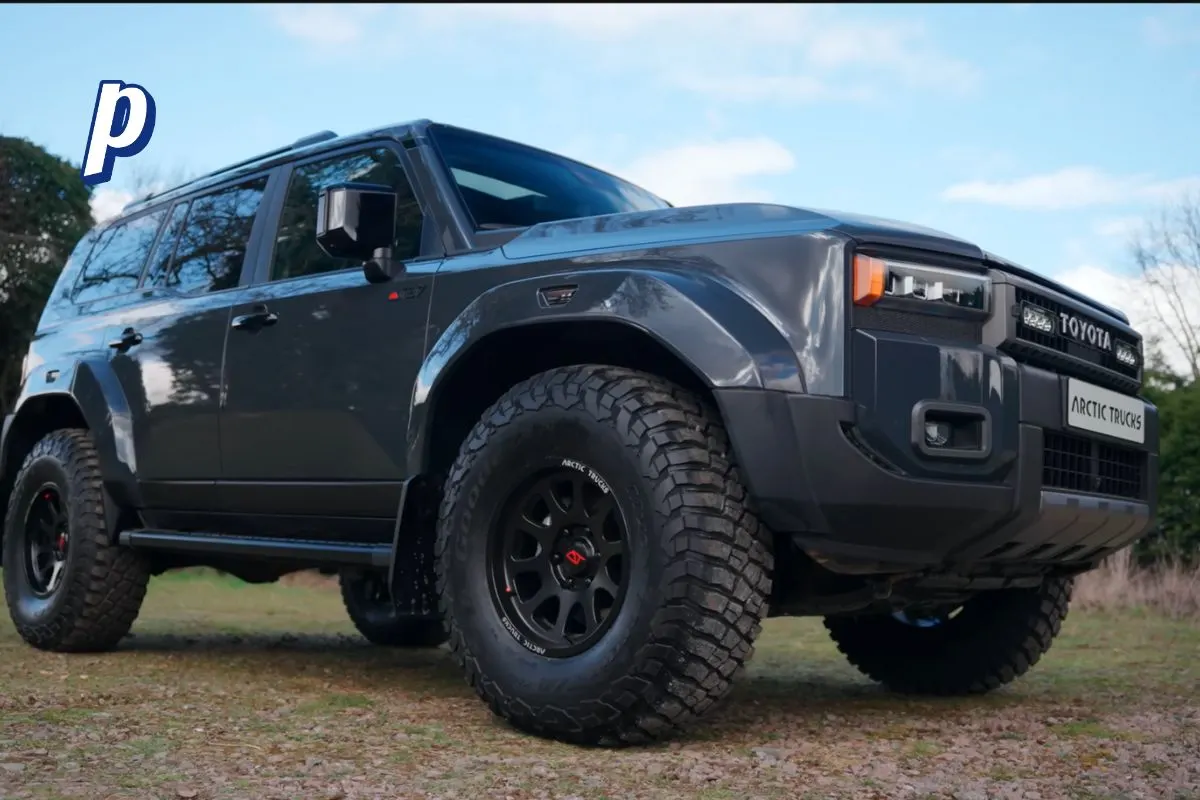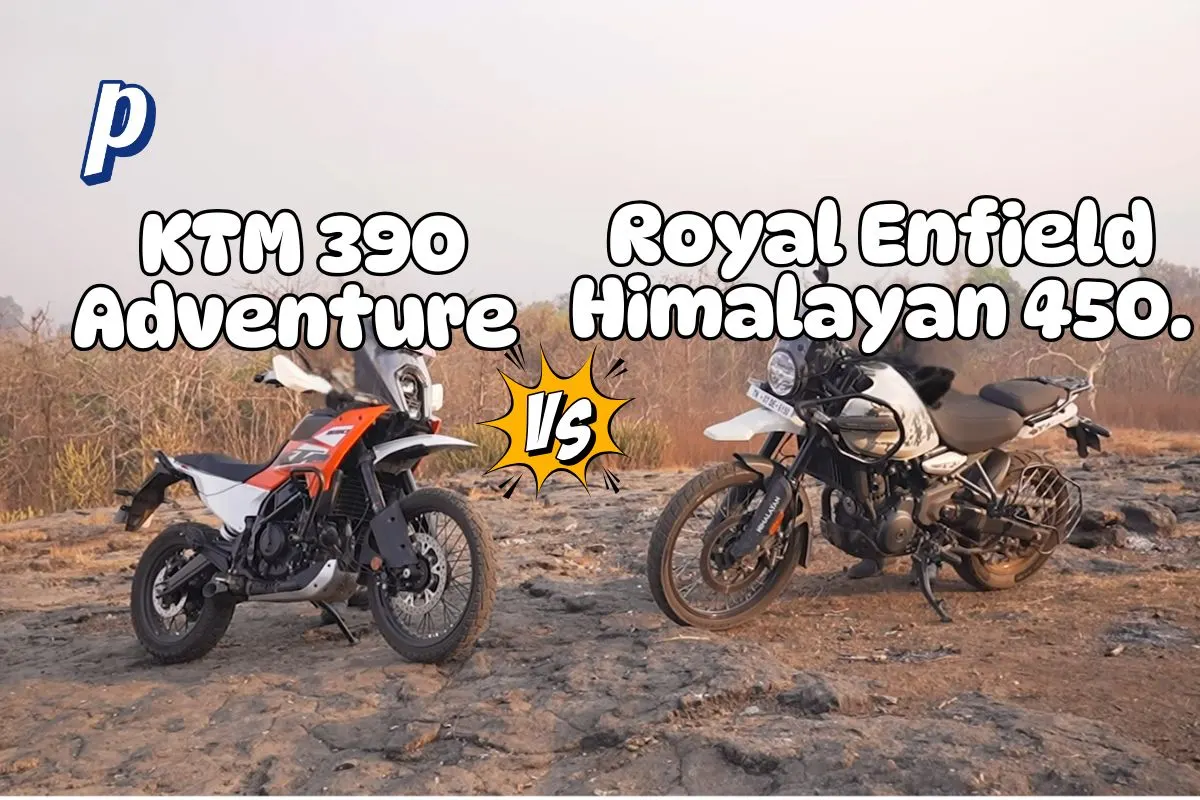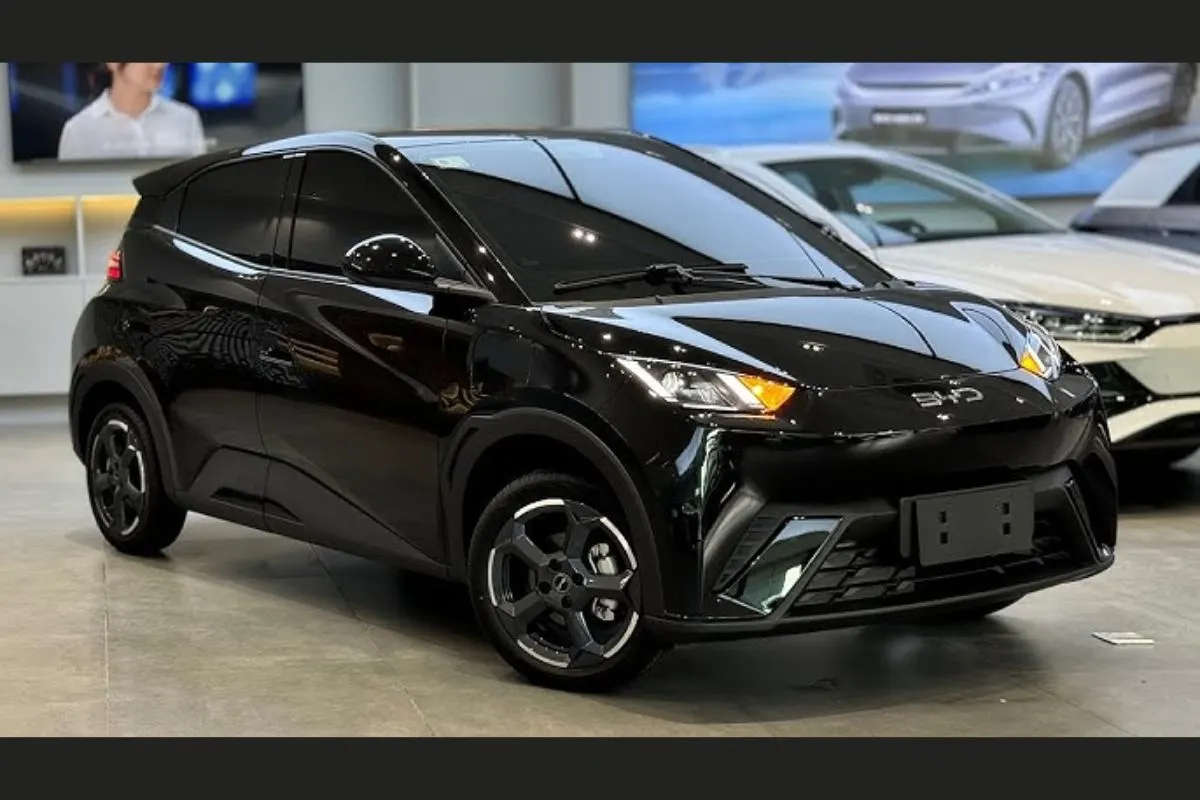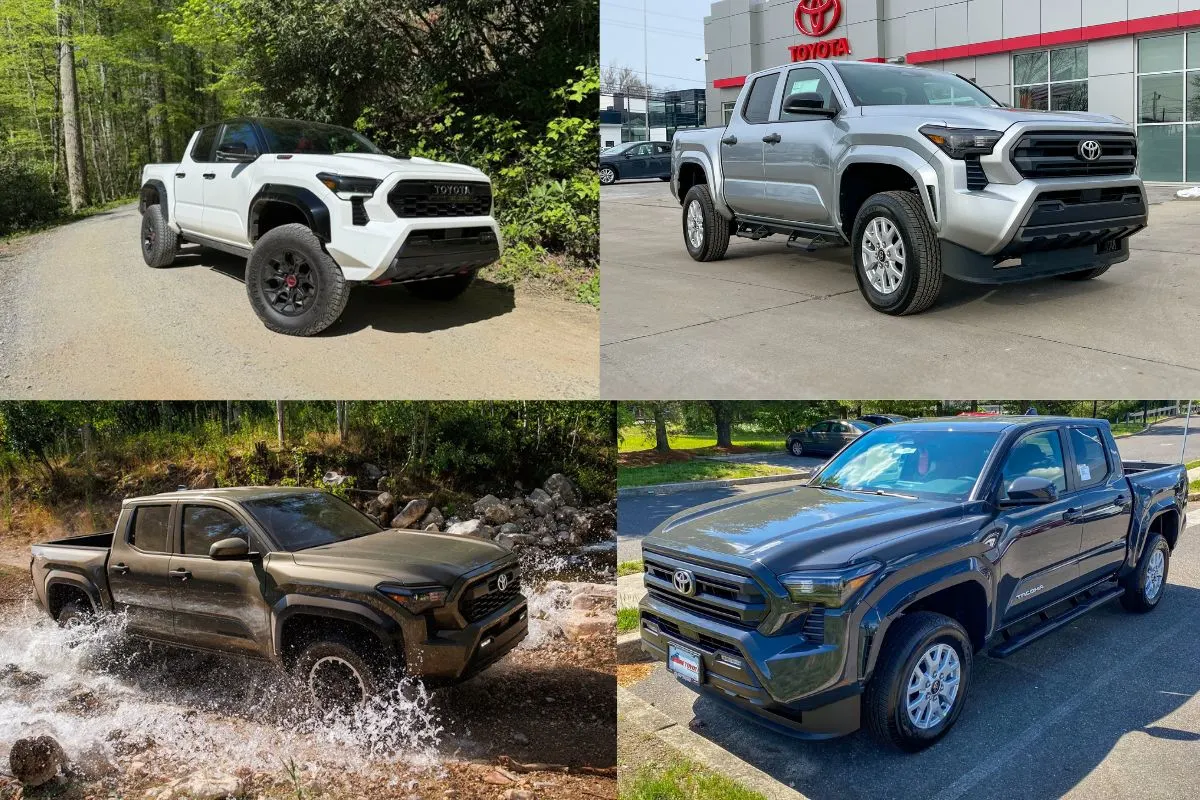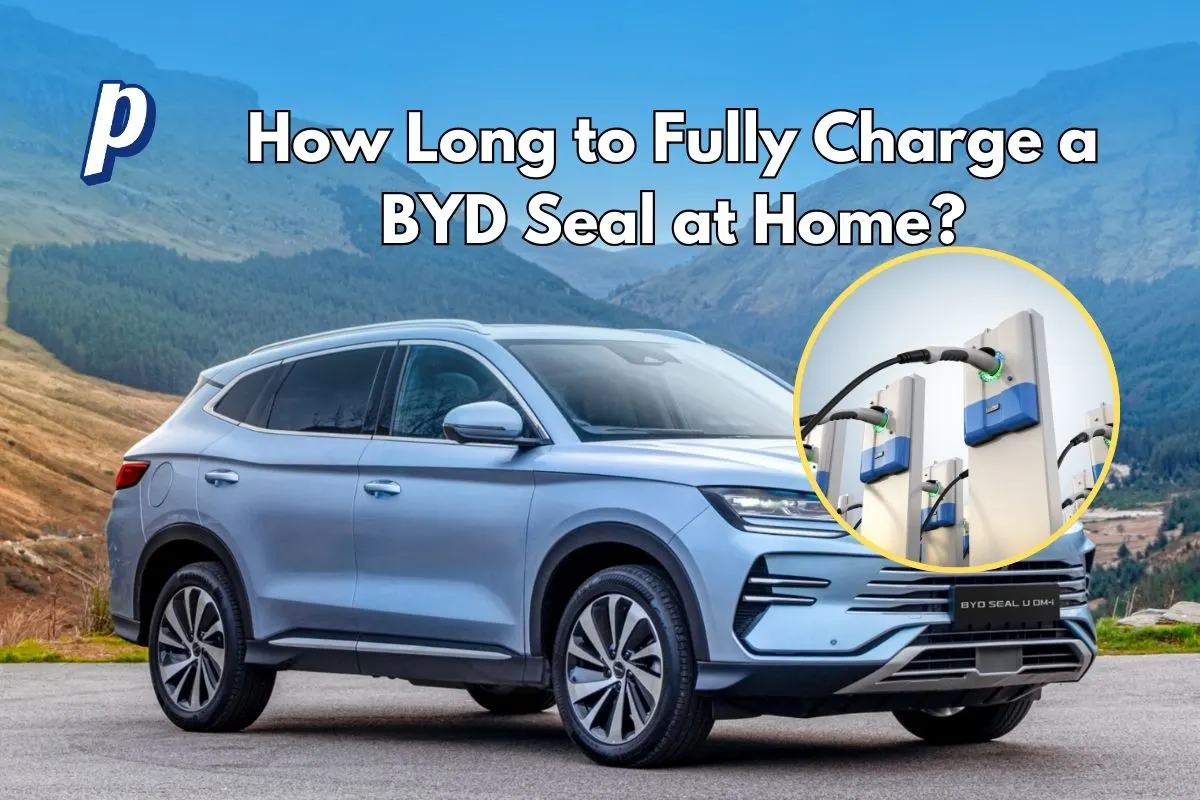Key Points
- The 2025 Toyota Land Cruiser, Land Rover Defender, and Ineos Grenadier were compared in three off-road tests: axle articulation, hill climb, and maneuverability, based on a YouTube transcript from Autocar.
- Research suggests the Ineos Grenadier excelled in axle articulation due to its solid axles and locking differentials, while the Land Rover Defender performed best in hill climb and maneuverability, thanks to its air suspension and lighter weight.
- The Toyota Land Cruiser offered reliable performance across all tests but didn’t dominate any single category, making it a solid choice for general off-road use.
- It seems likely that the best vehicle depends on specific needs, with the Grenadier for extreme off-road, Defender for versatility, and Land Cruiser for reliability.
The comparison focused on three iconic off-road vehicles: the 2025 Toyota Land Cruiser, Land Rover Defender (D350 model), and Ineos Grenadier (petrol version). These SUVs were tested in three challenges to evaluate their off-road capabilities, providing insights for enthusiasts and potential buyers.
Technical Specifications
Each vehicle has unique specs that influence its performance:
| Vehicle | Engine | Horsepower | Torque (lb-ft) | Suspension | Weight (kg) | Ground Clearance | Towing Capacity |
|---|---|---|---|---|---|---|---|
| Toyota Land Cruiser | 2.4L Turbo L4 Hybrid | 326 | 465 | Independent front, solid rear | ~2,400 | Not specified | 3.5 tons |
| Land Rover Defender | 3.0L Diesel | 350 | >500 | Air suspension | ~2,400 | 990 mm | 3.5 tons |
| Ineos Grenadier | 3.0L Inline-six Petrol | 281 | 331 | Solid front/rear | ~2,800 | Not specified | ~3.5 tons |
These specs highlight the Grenadier’s rugged build, the Defender’s advanced tech, and the Land Cruiser’s hybrid efficiency.
Test 1: Axle Articulation
In the mogul field test, axle articulation was key for maintaining traction over uneven terrain:
- The Grenadier won, with solid axles and three locking differentials providing superior articulation and stability.
- The Land Cruiser performed well but had moments of traction indecision, while the Defender’s air suspension offered good clearance but slightly less articulation.
Test 2: Hill Climb
The muddy hill climb tested traction and power:
- The Defender dominated, leveraging its lightness (2,400 kg) and 990 mm ground clearance for easy ascent.
- The Land Cruiser managed well but slipped near the top, while the Grenadier struggled more due to its heavier weight (~2,800 kg).
Test 3: Maneuverability
Navigating tight trees and slopes assessed agility and visibility:
- The Defender again excelled, with light steering and agile handling despite being wider, thanks to air suspension.
- The Land Cruiser had good visibility but struggled with tight turns due to its size, while the Grenadier’s heavier steering and larger turning circle made it less maneuverable.
Read more: Land Cruiser vs. 4Runner: Which Toyota SUV Is Bigger?
The evidence leans toward the Land Rover Defender as the most versatile, excelling in hill climb and maneuverability, ideal for those needing both luxury and off-road capability. The Ineos Grenadier is likely best for extreme off-road conditions, particularly in articulation, while the Toyota Land Cruiser offers reliable performance across all tests, suitable for general off-road use. Your choice depends on whether you prioritize raw capability, versatility, or reliability.
Detailed Analysis and Observations
This section provides a comprehensive breakdown of the comparison between the 2025 Toyota Land Cruiser, Land Rover Defender, and Ineos Grenadier, based on a detailed YouTube transcript from Autocar. The analysis covers technical specifications, performance in three off-road tests, and additional considerations for potential buyers, aiming to mimic a professional article with thorough insights.
The comparison was conducted at Autocar’s favorite test quarry for off-road vehicles, featuring the new Toyota Land Cruiser, Land Rover Defender, and Ineos Grenadier. The tests included an axle articulation test (mogul field), a hill climb (muddy hill), and a maneuverability test (tight trees and slopes), providing a holistic view of each vehicle’s off-road capabilities. The transcript, dated around the time of the video’s release, offers detailed observations from the driver’s perspective, which we’ll analyze in depth.
Vehicle Specifications and Design Philosophy
Before diving into the tests, let’s examine the technical details, which set the stage for their performance:
- Toyota Land Cruiser (2025 Model):
- Engine: 2.4L Turbo L4 i-FORCE MAX Hybrid, producing 326 hp and 465 lb-ft of torque (Toyota.com).
- Drivetrain: Full-time 4WD with low range, locking center and rear differentials.
- Suspension: Independent front, solid rear axle, weighing around 2,400 kg as per the transcript.
- Features: Electric power-assisted steering for the first time, 8-speed automatic transmission, and a wading depth of 700 mm.
- Design: Body-on-frame construction, maintaining its legacy as a rugged, reliable off-roader with modern hybrid tech.
- Land Rover Defender (D350, Defender 90):
- Engine: 3.0L Diesel, delivering 350 hp and over 500 lb-ft of torque, as noted in the transcript (LandRover.com).
- Drivetrain: All-wheel drive with locking center and rear differentials.
- Suspension: Air suspension front and rear, providing up to 990 mm ground clearance.
- Weight: Approximately 2,400 kg, the lightest in this comparison, enhancing agility.
- Features: Unitary chassis and body combination, advanced electronics, and a towing capacity of 3.5 tons.
- Design: Modern luxury with off-road capability, tested here in the shorter wheelbase Defender 90 for better breakover angle.
- Ineos Grenadier (Petrol Model):
- Engine: 3.0L inline-six petrol from BMW, with 281 hp and 331 lb-ft of torque, as per the transcript and confirmed specs (Ineos.com).
- Drivetrain: Full-time 4WD with three locking differentials (front, center, rear), manually engageable.
- Suspension: Solid front and rear axles, designed for maximum articulation.
- Weight: Estimated at around 2,800 kg, heavier than the others, impacting hill climb performance.
- Features: Recirculating ball steering, rugged build, and a wading depth of 800 mm (from additional research).
- Design: Inspired by the old Land Rover Defender, with a focus on durability and off-road prowess, though less refined on-road.
These specifications highlight the Grenadier’s old-school approach, the Defender’s modern tech, and the Land Cruiser’s balance of tradition and innovation.
Performance in Off-Road Tests
The three tests were designed to reveal each vehicle’s strengths and weaknesses in different off-road scenarios. Here’s a detailed breakdown:
Test 1: Axle Articulation (Mogul Field)
- Objective: To challenge the clearances underneath each 4×4, their ultimate axle articulation, and the ability of differentials and electronics to distribute power.
- Toyota Land Cruiser: The driver noted the steering was light and easy, with differentials working to maintain traction. There was a moment of indecision in traction distribution, but it handled the moguls smoothly, feeling calm and quiet. Visibility was good, with a narrow bonnet and upright pillars, though it tipped on two wheels at points.
- Ineos Grenadier: Excelled here, with solid axles front and rear allowing significant articulation. The recirculating ball steering, designed for live axles, prevented kickback, and all three diffs locked provided even power distribution. The driver felt it dealt with the test more easily, with no drama, winning this round.
- Land Rover Defender: Performed well, with air suspension providing the best ground clearance. It was lighter and smoother, with electronics showing axle articulation and diff lock effectiveness. The driver noted it was drama-free, like driving to the shops, but visibility wasn’t as good as the Grenadier’s.
- Analysis: The Grenadier’s design, with solid axles and manual diff locks, gave it the edge in articulation, making it the winner. The Land Cruiser and Defender were close, but the Grenadier’s old-school approach shone.
Read more: FIRST LOOK: Toyota Land Cruiser Gets MONSTER Arctic Trucks Treatment!
Test 2: Hill Climb (Muddy Hill)
- Objective: To test traction, power, drivetrain capability, weight, and suspension’s ability to keep tires in contact with the ground, with tire choice also playing a role.
- Toyota Land Cruiser: Managed the hill with relative ease, though there was some slipping towards the top. The driver noted it was painless and straightforward, with smooth power delivery from the hybrid engine.
- Ineos Grenadier: Struggled more, running out of traction at points but eventually making it up. The heavier weight (~2,800 kg) and solid axles required more effort, and it didn’t go as easily as the Land Cruiser.
- Land Rover Defender: Dominated, with the driver describing it as “ridiculously easy.” Its lightness (2,400 kg), 990 mm ground clearance, and air suspension ensured smooth ascent, with minimal slip and excellent control.
- Analysis: The Defender’s combination of low weight, high ground clearance, and advanced suspension made it the clear winner. The Land Cruiser was solid, but the Grenadier’s weight hindered its performance.
Test 3: Maneuverability (Tight Trees and Slopes)
- Objective: A general test of visibility, ease of use, drivability, and maneuverability through tight spaces and short diagonal slopes, common in land traversal.
- Toyota Land Cruiser: Handled well, with light steering and good visibility, but its size made tight turns challenging. The driver noted it felt big, especially in tight sections, and the turning circle wasn’t as good as the Defender’s.
- Ineos Grenadier: Offered excellent visibility due to its upright design and narrow body, but the heavier steering and larger turning circle made maneuverability less straightforward. It felt tippy on slopes and less responsive in tight turns.
- Land Rover Defender: Excelled, with an amazing turning circle (especially for the short wheelbase 90), light and accurate steering, and easy metering of throttle and brake. Visibility wasn’t as good as the Grenadier’s, but its agility and electronics made it easier to navigate.
- Analysis: The Defender’s agility and advanced suspension gave it the edge, making it the winner. The Land Cruiser was competent but less agile, while the Grenadier’s design favored open trails over tight spaces.
Comparative Analysis and Observations
- Overall Performance: The Land Rover Defender emerged as the most capable across the tests, winning in hill climb and maneuverability, thanks to its lightness, high ground clearance, and advanced tech. The Ineos Grenadier was the standout in axle articulation, leveraging its solid axles and locking diffs for extreme off-road conditions. The Toyota Land Cruiser offered reliable performance across all tests but didn’t dominate any, making it a versatile middle ground.
- Driver Experience: The transcript highlighted the Defender’s ease of use, with comments like “drama-free as driving to the shops” and “light, accurate steering.” The Grenadier felt honest and rugged, appealing to purists, while the Land Cruiser was calm and smooth, with good visibility but less agility in tight spaces.
- Weight Impact: The Grenadier’s heavier weight (~2,800 kg) was a disadvantage in hill climb and maneuverability, while the Defender and Land Cruiser’s 2,400 kg weight gave them an edge in agility and traction.
- Design Philosophy: The Grenadier’s old-school approach (body-on-frame, solid axles) contrasts with the Defender’s modern luxury and the Land Cruiser’s hybrid efficiency, reflecting different target audiences—purists vs. versatile adventurers vs. reliable explorers.
Additional Considerations for Buyers
The transcript also mentioned other vehicles for comparison:
- Jeep Wrangler: Noted as a hobbyist option, offering similar off-road capability with potentially lower cost.
- Pickups: Suggested for those needing to carry dirty kits, almost as capable as these SUVs, e.g., Ford F-150 Raptor.
- Suzuki Jimny: Recommended for tighter budgets or smaller spaces, with excellent off-road capability in a compact package.
These alternatives broaden the choice for buyers, depending on budget, space, and specific use cases. The transcript also pointed to Autocar’s website for full specifications and reviews, accessible at Autocar, with a 130-year archive at Magazine Shop.
In conclusion, the Land Rover Defender appears to be the most versatile, excelling in hill climb and maneuverability, making it ideal for those seeking luxury and capability. The Ineos Grenadier is likely the best for extreme off-road conditions, particularly in articulation, appealing to purists. The Toyota Land Cruiser offers reliable performance across all tests, suitable for general off-road use and those valuing hybrid efficiency. The choice depends on whether you prioritize raw capability, versatility, or reliability, with additional options like the Jeep Wrangler or Suzuki Jimny for different needs.
This analysis, based on the transcript and supplemented by official specifications, provides a comprehensive guide for off-road vehicle enthusiasts as of March 19, 2025.





